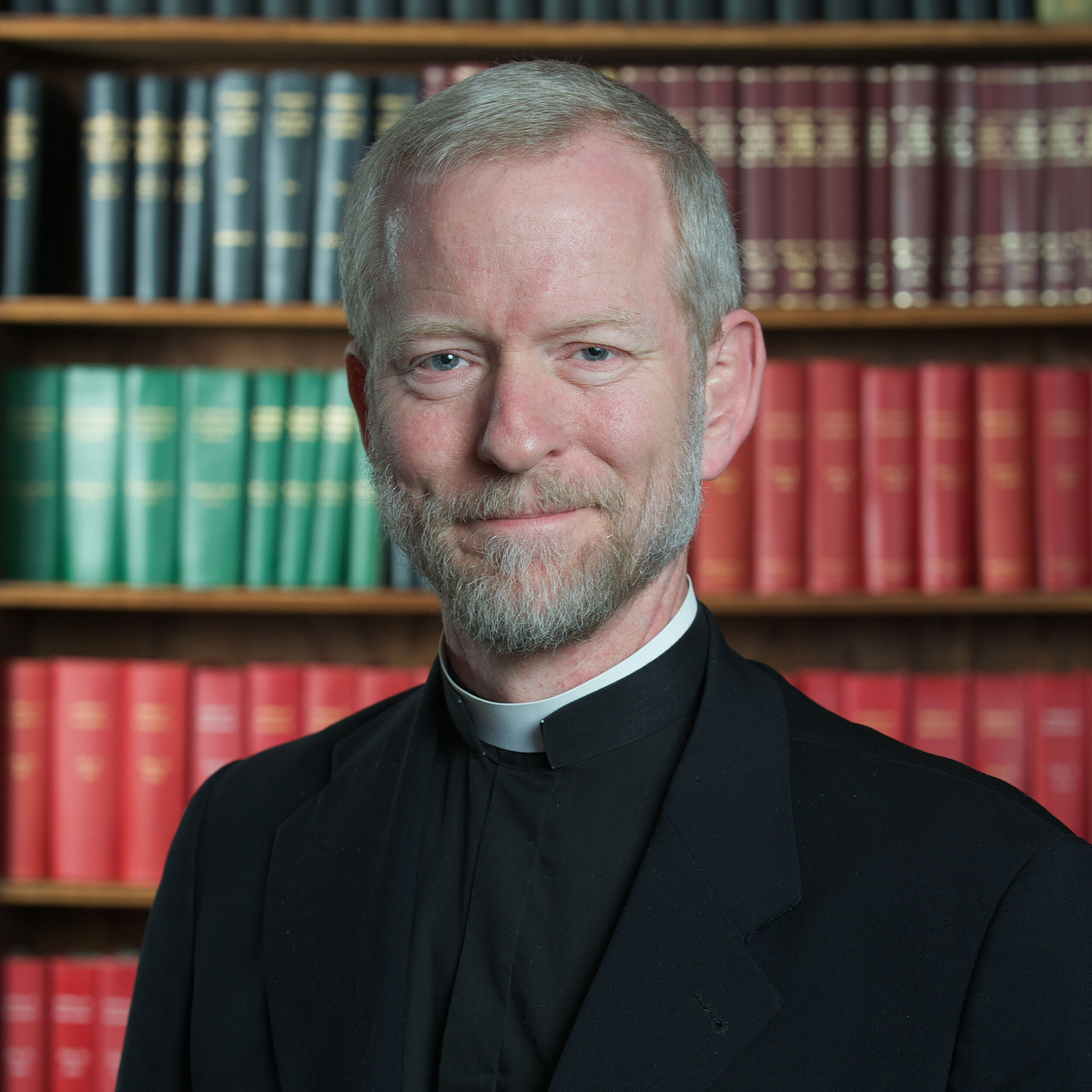Making Sense of Bioethics: Column 105: Discrimination and Human Genital Sexuality
Discrimination is often understood as acting out of prejudice against persons who differ from us and do not share our views, traits, values or lifestyles. The word "discrimination," however, has an older meaning as well, namely, to draw a clear distinction between proper and improper, good and evil, to differentiate and recognize as different. This older meaning generally carried favorable connotations with it: a person of discrimination was someone of good judgment and detailed knowledge, as in the case of one who could discriminate between fine wines, detecting subtle but relevant differences, or someone on Wall Street who could discriminate between the profiles of different companies, discerning which stocks would rally and which would decline.
Only in more recent times has the term “discrimination” assumed the second meaning signifying prejudice, or an unfounded bias against a person, group, or culture on the basis of racial, gender, or ethnic background. Sometimes people will equate discrimination against people who are gay or lesbian with racism, much like discrimination based on skin color. As Michael Kirby notes,
Bishop Desmond Tutu, one time Anglican Archbishop in South Africa, who had earlier tasted the sting of racial discrimination, has been a valiant defender of the equality and dignity of GLBTIQ [gay,lesbian, bisexual, transsexual, intersex, and otherwise ‘queer’] people. He has explained that he could no more embrace the hatred and discrimination of Christian brothers and sisters against the sexual minority than he could embrace the racism of apartheid, now overthrown.
Regrettably, we all know of people who manifest a racist attitude against others, treating them improperly because of characteristics they cannot control, like skin color. Even when a person can control certain characteristics, like their sexual behaviors, and they still choose to do something wrong and perverse, such as having sex with animals, we must never choose to hate the person who engages in these wrong and perverse behaviors. But loving the person who commits sexual sins never entails that we should accept his sins and perversions; on the contrary, to love him authentically means we seek to help him rise out of his damaging behaviors, so that he can live in a more fully human way by means of better moral choices.
Clearly, then, nobody should embrace “hatred and discrimination” against anyone, GLBTIQ or otherwise, but everyone should show care and compassion towards those with GLBTIQ dispositions, in the hope that they might come to recognize and renounce the harmful and disordered forms of sexual activity that tempt them. It remains the better part of wisdom to discriminate, in the moral sense of the term, between disordered uses of human sexuality and the ordered engagement of human sexuality within marriage.
In the human body, our organs have discernible functions: the heart pumps blood; kidneys remove waste products from the blood and excrete them in the urine; reproductive organs join man and woman as one, and enable the procreation of children. The anatomical and procreative complementarity of men and women is evident, and even the shapes of their sexual organs reveal how they are designed for each other, something not true of non-conjugal forms of sexual activity. As Dale O’Leary points out,
the reproductive/sexual organs of men and women are different and designed to fit together. When electricians refer to male and female plugs, everyone can easily recognize which is which and why they are so named.
O’Leary further notes that non-conjugal acts are ultimately acts that one person does to another, and that such acts involve the language of using and being used. She notes that, “Although there are various acts in which two or more individuals can engage for sexual pleasure, only one very specific act consummates a marriage. The other acts… involve the hands, either end of the digestive system, or physical objects, but not the reproductive organs of both simultaneously in the same act.”
Conjugal acts, meanwhile, involve the language of giving and receiving, through a union of complementary human persons. Conjugal acts address a man and a woman’s need for completion not only by the intimate bodily communication of themselves to each other, but in a transcendant and ecstatic way by pointing to a reality greater than themselves in the engendering of their offspring.
We intuitively view the world in purpose-driven ways, and we recognize the telos (“end”) written into the realities that surround us. The telos of an acorn is to become an oak tree; the telos of human sexuality is to draw man and woman together to procreate and raise children in the family unit created by marriage. Acknowledging the fashioning of our sexuality in this determinate way, and recognizing the conjugal union of marriage as an institution of nature, not a product of man’s willfulness, enables us to discriminate between proper and improper uses of the gift of our genital sexuality.
Copyright © 2020, The National Catholic Bioethics Center, Philadelphia, PA. All rights reserved.

